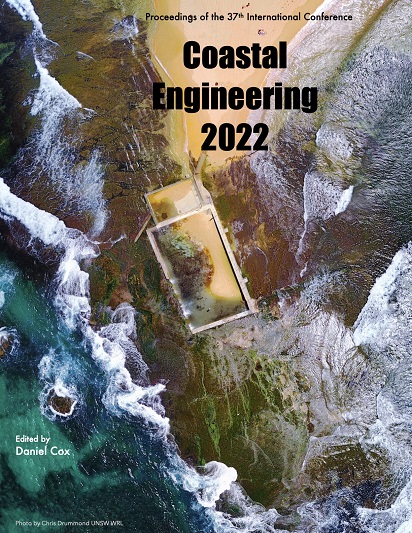Abstract
Coral reefs are effective natural barriers that protect adjacent coastal communities from hazards such as erosion and storm-induced flooding. However, the degradation of coral reefs compromises their efficacy to protect against these hazards, making degraded reefs a target for restoration. At present, there is little guidance on how and where to restore coral reefs for coastal hazard risk reduction. Here we present modeling at a series of scales to provide such guidance.References
Norris, Storlazzi, Pomeroy, Rosenberger, Logan, Cheriton (in review): Combining field observations and fine-scale numerical modeling to demonstrate the effect of coral reef roughness on turbulence and its implications for reef restoration design. Coastal Engineering
Roelvink, Storlazzi, van Dongeren, Pearson (2021): Coral reef restorations can be optimized to reduce coastal flooding hazards. Frontiers in Marine Science, 8:653945, doi: 10.3389/fmars.2021.653945
Storlazzi, Reguero, Cumming, Cole, Shope, Gaido, Viehman, Nickel, Beck, (2021): Rigorously valuing the coastal hazard risks reduction provided by potential coral reef restoration in Florida and Puerto Rico. U.S. Geological Survey Open-File Report 2021–1054, 35 p., doi: 10.3133/ofr20211054

This work is licensed under a Creative Commons Attribution 4.0 International License.
Copyright (c) 2023 Curt Storlazzi, Ben Norris, Andrew Pomeroy, Floortje Roelvink, Ap van Dongeren, Borja Reguero, Michael Beck

